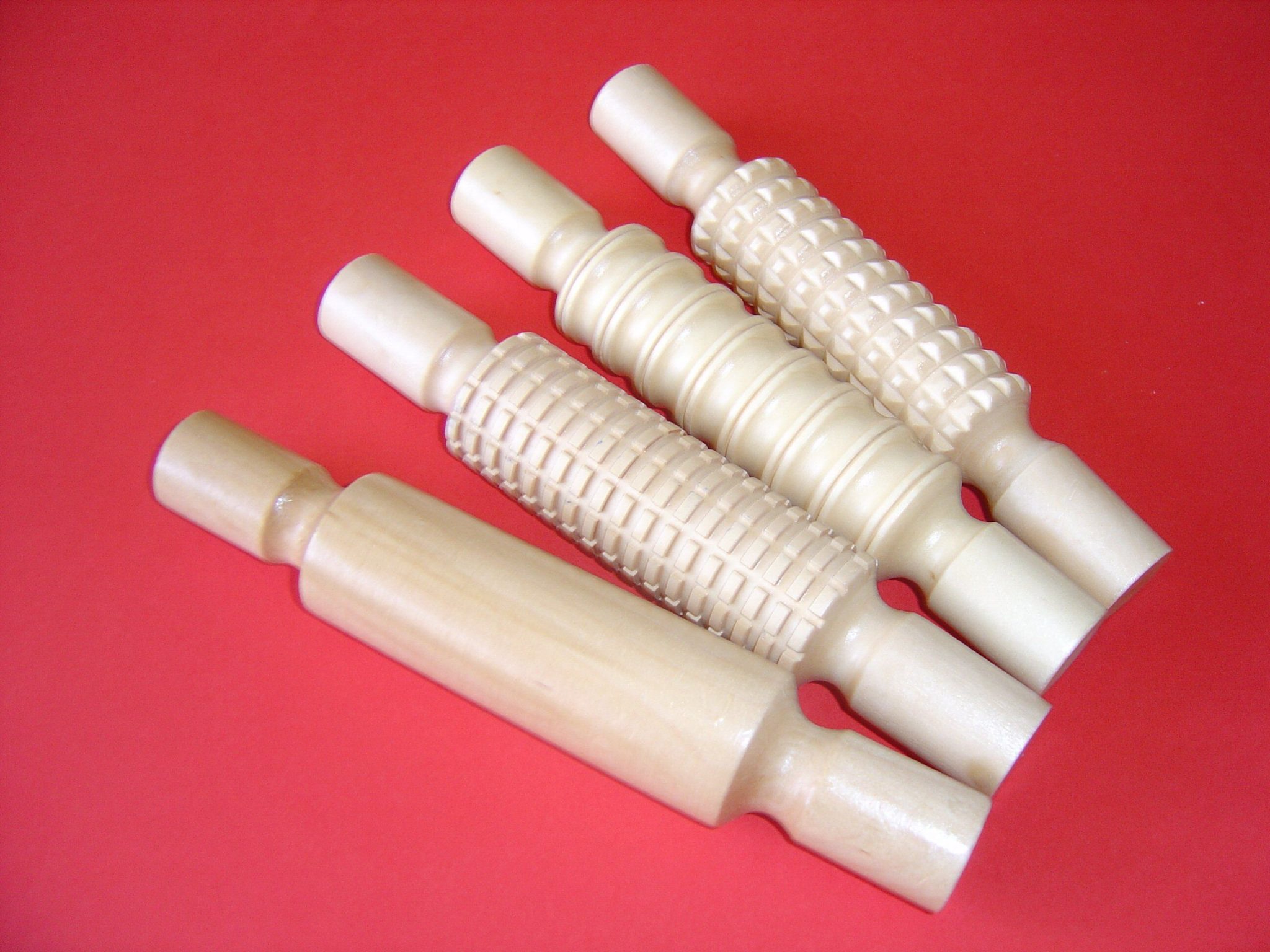

Reed invented the rolling pin with handles connected to a center rod this is similar to the tool we know today, and it prevents cooks from putting their hands on the rolling surface while shaping pastry. Rolling pin manufacturers started using other hardwoods like cherry and maple for their wooden kitchenware, which also included ladles and butter molds. Pine was probably the wood of choice from colonization to the mid-1800s, but the pine forests in the northern states were already being depleted by this time. Wood has always been the material preferred by cooks and craftsmen in the United States. Countries known for their ceramics make porcelain rolling pins with beautiful decorations painted on the rolling surface their hollow centers can be filled with cold water (the same principle as the wine bottle), and cork or plastic stoppers cap the ends.
Rolling pin full#
Glass is still popular in Italy, full wine bottles that have been chilled make ideal rolling pins because they are heavy and cool the dough.

The French also use marble rolling pins for buttery dough worked on a marble slab.
The French perfected the solid hardwood pin with tapered ends to roll pastry that is thick in the middle its weight makes rolling easier. As the development of breads and pastries spread from Southern to Western and Northern Europe, wood from local forests was cut and finished for use as rolling pins. Over the centuries, rolling pins have been made of many different materials, including long cylinders of baked clay, smooth branches with the bark removed, and glass bottles. Tortillas are probably the most familiar bread made this way.

Hands are used as "rolling pins" for flattening dough against a surface, but also for tossing soft dough between the cook's two hands until it enlarges and thins by handling and gravity. Chefs who try to use genuine methods to preserve recipes are also interested in both materials and tools. Natives of the Americas used more primitive bread-making tools that are favored and unchanged in many villages. They also used rolling pins to make bread (which they called puls) from the large number of grains they grew. Cooking wares are displayed with pride rolling pins appear to have been used first to thin-roll pasta that was shaped with cutting wheels. Although written recipes did not exist until the fourth century b.c., the Etruscans documented their love of food and its preparation in murals, on vases, and on the walls of their tombs. To prepare their inventive foods, the Etruscans also developed a wide range of cooking tools, including the rolling pin. Thanks to the Etruscans, these cultures are associated with gourmet cooking. The Etruscans' advanced farming ability, along with a tendency to cultivate many plants and animals never before used as food and turn them into sophisticated recipes, were passed to invading Greeks, Romans, and Western Europeans. They established a group of city states (called Etruria) and were a dominant society by about the ninth century b.c., but their civilization was cut short after attacks from the Greeks, the growing Roman Empire, and the Gauls (tribes that lived in modern day France). These people may have migrated from Asia Minor to Northern Italy or may have originated in Italy. The first civilization known to have used the rolling pin was the Etruscans. A rolling pin is a simple tool used to flatten dough.


 0 kommentar(er)
0 kommentar(er)
